Origin and meaning of lanterns “灯籠の起源とその意味”
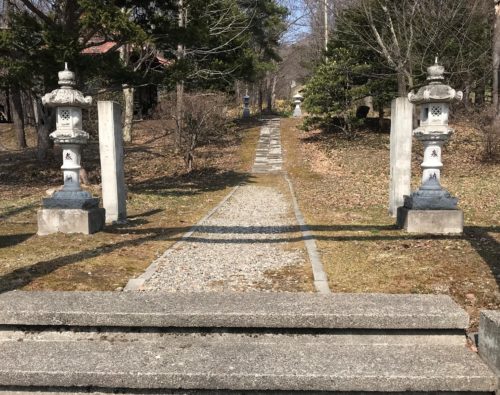
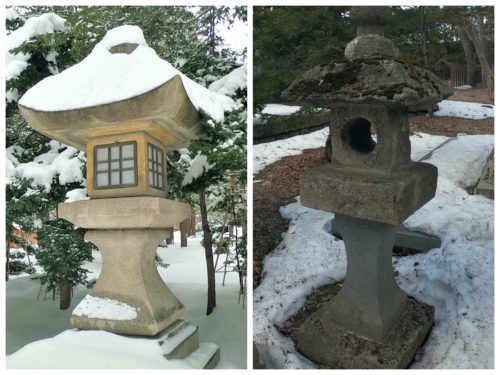
Although it is a lantern that can be seen on the way to temples and shrines, it was originally a luminaire to “dedicate a pure light” to the Buddha image of the temple.Many temples were built with the advent of Buddhism, and lanterns were built in shrines based on the “shinbutsu-shugo” tradition.It seems that even a shrine has the meaning of illuminating the inside of the shrine and offering it to the god.There are several types of lanterns in the shrine, and they are classified into “wooden lanterns”, “gold lanterns”, “stone lanterns”, “hanging lanterns”, “post hanging lanterns”, etc.There are various shapes and designs. Please take a look when visiting temples and shrines.
お寺や神社の境内、参道で見られる灯籠ですが、元々は寺院(お寺)にある仏像に「清淨な灯を献じる」(清らかな明かりを捧げるという意味)ために仏堂に置かれた照明具です。仏教の渡来により、寺院が多く作られるようになり、神社でも神仏習合の流れから灯籠が建てられるようになりました。神社でも社殿の中に明かりを灯し、神様に捧げるという意味合いがあるようです。神社にある灯籠には、いくつかの種類があり、「木灯籠」、「金灯籠」、「石灯籠」、「釣灯籠」、「懸灯籠」などに分類されます。その形、デザインは様々で、お寺や神社を訪れたときにはぜひ、鑑賞してほしいと思います。
Name of each part of stone lantern ”石灯籠の名称”
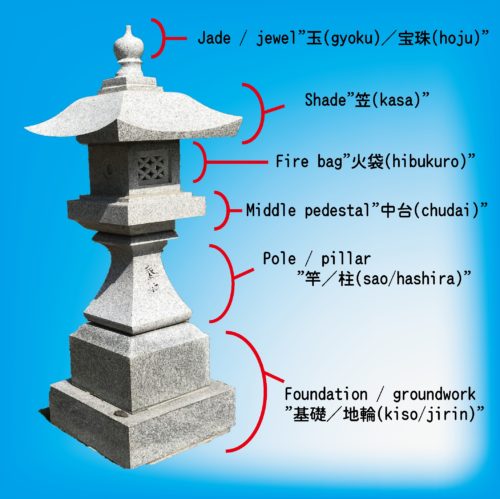
Representative type ”代表的な種類(型)”
Kasuga Type ”春日型“
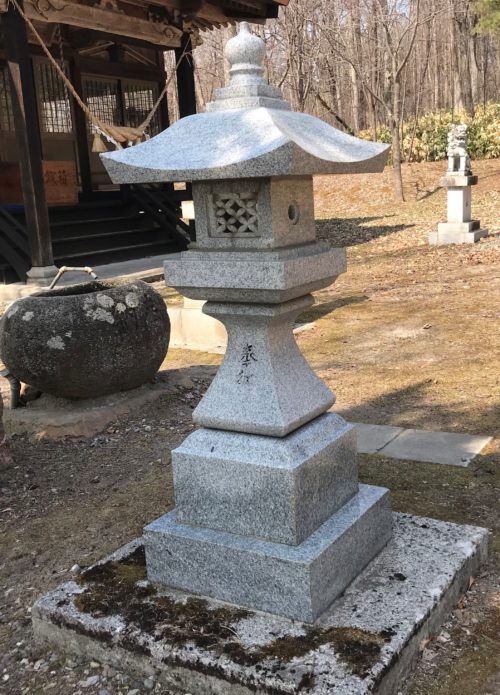
It is often seen in temples and shrines. The feature is that the pole is long and the position of the fire bag is high.
寺社で多く見られます。竿(柱)が長い構造で、火袋位置が高い点が特徴です。
Yukimi Type “雪見型“
It features a structure without a pole or middle stand. It is mainly installed to illuminate the water surface. There are “Maruyukimi” with a round shade and “Rokkakuyukimi” with a hexagonal shade.
竿(柱)と中台が無い構造が特徴です。主に水面を照らすために設置されています。笠の丸い「丸雪見」と六角形の「六角雪見」があります。
Misaki Type “岬型“
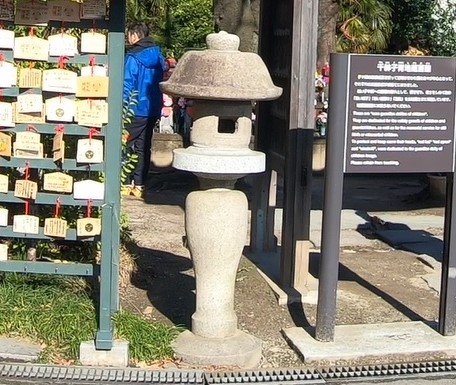
It is made to imitate a lighthouse.
灯台を模倣した構造が特徴です。
Oribe Type “織部形“
Lantern used as a bowl light. The feature is that the fire bag is rectangular and the height can be adjusted. Oribe is named after the lanterns that Furuta Oribe, a tea master of the Edo period, was interested in.
つくばい(蹲:手を清めるための背の低い手水鉢)の鉢明りとして使用するための灯籠。火袋が四角形で高さの調整が可能である点が特徴です。江戸時代の茶人・古田織部好みの灯籠ということで「織部」の名が付けられました。
Enshu Type ”遠州形“
From the Azuchi-Momoyama period to the early Edo period, Kobori Enshu, a tea master, was interested in this lantern. The shade is long, the middle stand is hexagonal, and the poles are like bamboo.
安土桃山時代から江戸時代初期の茶人・小堀遠州が好んだとされる灯籠です。笠が長く、中台が六角形、竿(柱)に竹の節のようなものがある点が特徴です。
Shrines and temples where lanterns are famous ”灯籠が有名な神社”
Kifune Shrine (Kyoto) 貴船神社(京都府)
There are red lanterns on both sides of the approach.
参道の両脇に赤い灯籠が並んでいます。
Ueno Toshogu (Tokyo) 上野東照宮(東京都)
There are 48 copper lanterns designated as a national important cultural property and more than 200 stone lanterns built in 1651.
国の重要文化財に指定されている48基の銅灯籠と1651年に奉納された200基以上の石灯籠が設置されています。
Kasuga Shrine (Nara) 春日大社(奈良県)
There are 2000 stone lanterns and 1000 hanging lanterns. Turns on all lights twice a year. “Setsubun-Mantoro” in February, “Chugen-Mantoro” in mid-August.
石灯籠が2000基、釣燈籠1000基設置されています。2月の節分に「節分万燈籠」と8月中旬に「中元万灯籠」の年2回は、すべての灯籠に明かりが灯される行事があります。
Suwa Taisha Shrine (Nagano) 諏訪大社(長野県)
There is a stone lantern with a heart-shaped fire bag. In fact, it is called Inomegata, which means a talisman.
火袋がハート型になっている石灯籠があります。実際には猪目型(いのめがた)といって、魔除けを意味する形と言われています。
Kibitsuhiko Shrine (Okayama) 吉備津彦神社(岡山県)
It is Japan’s largest lantern, with a height of 11.5 m, and stone steps measuring 8 tatami mats (approximately 14.59 m2). It has been donated for 18 years from 1830 and was built in 1859 to pray for national peace.
高さ11.5m、基礎の石段が8畳分の広さ(約14.59㎡)がある日本一大きな灯籠です。1830年から27年間に渡って寄付が寄せられ、1859年に天下泰平を祈願して建立されました。
Photo gallery

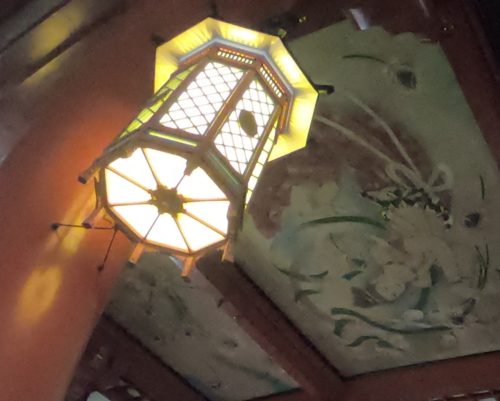
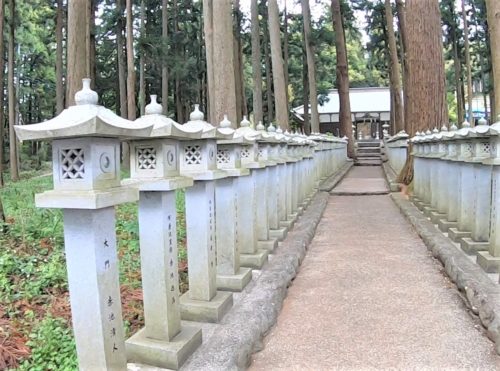
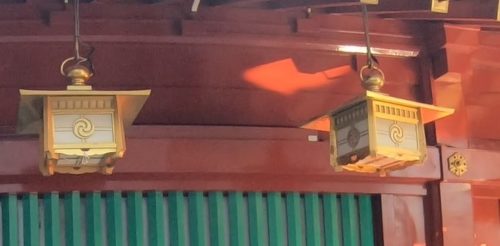

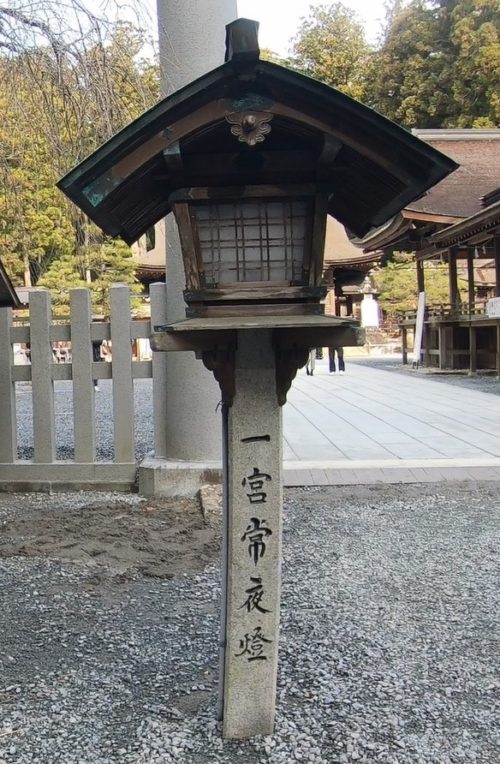

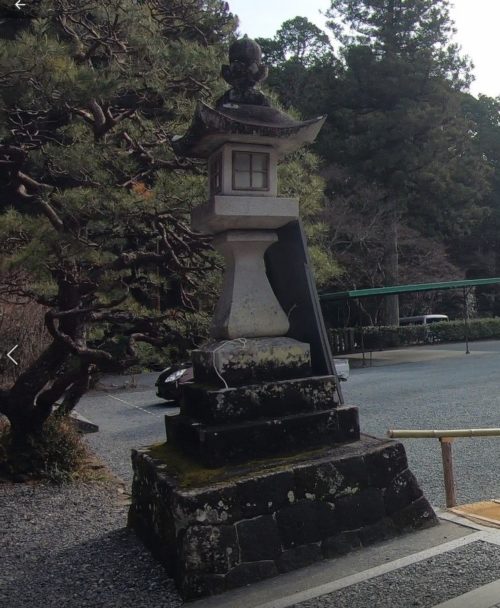
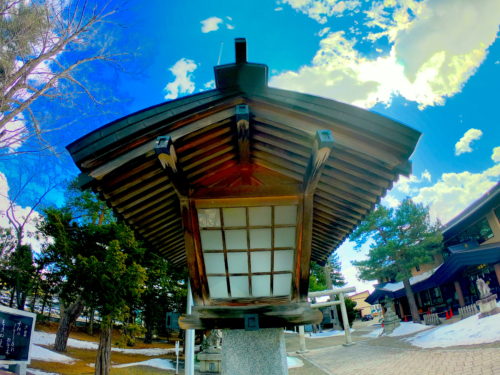
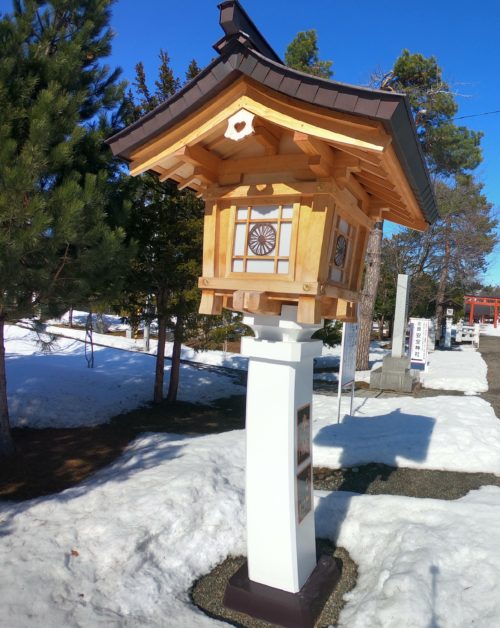

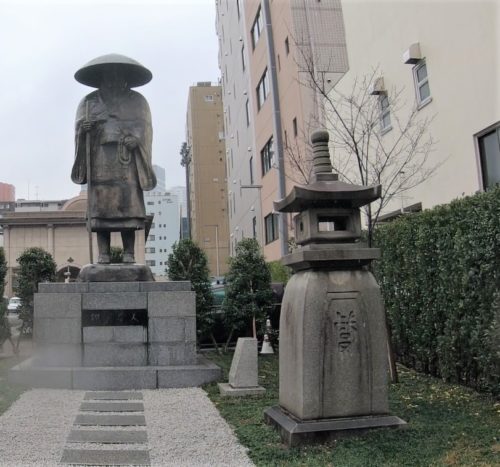
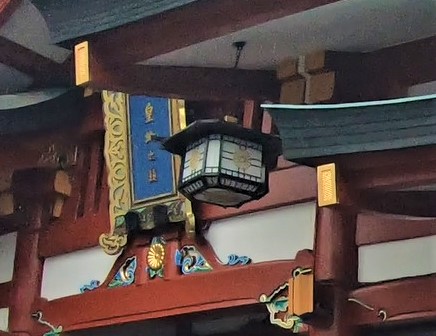



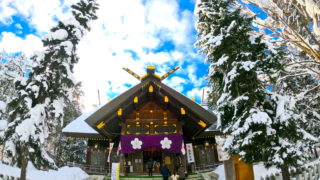


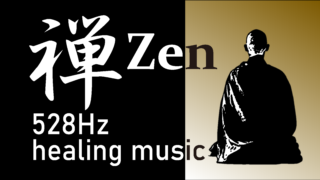
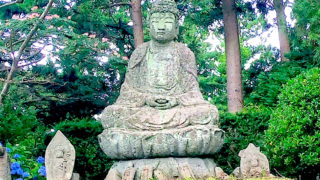
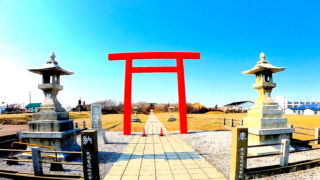

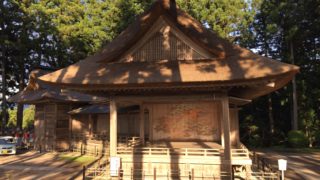
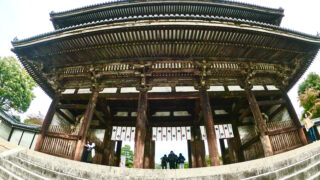
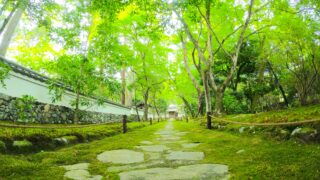

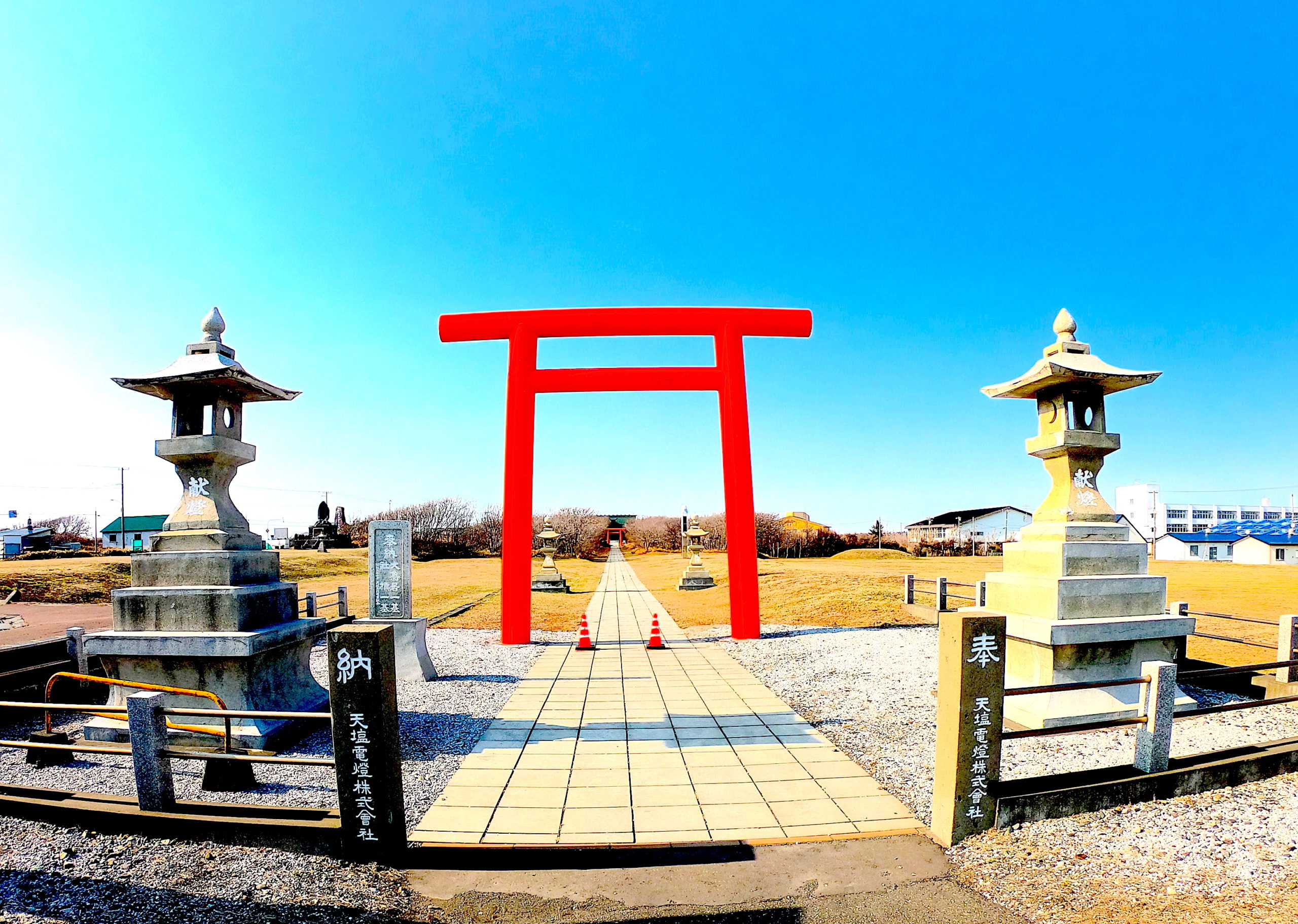


コメント